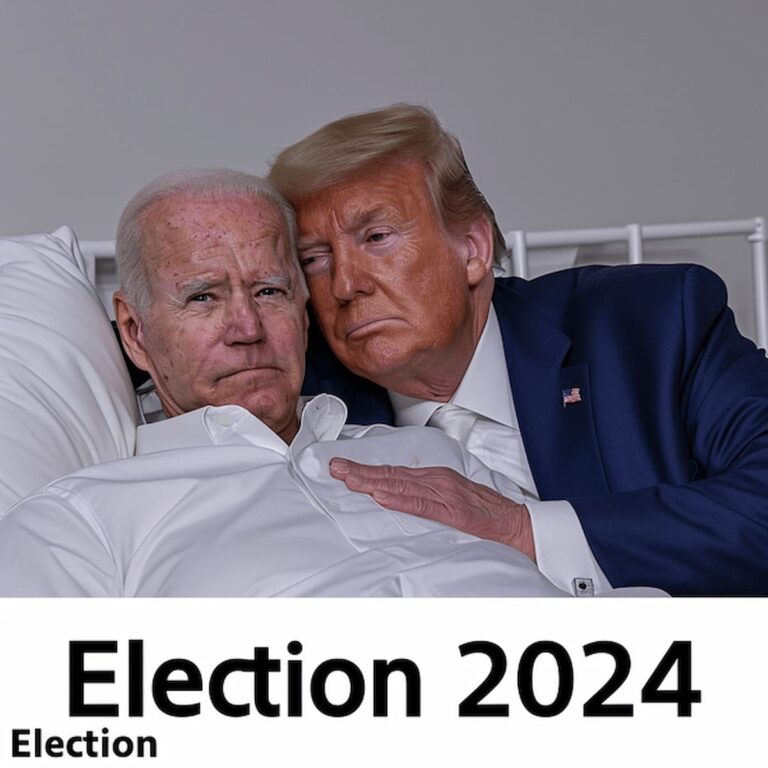
Key Takeaway:
Discover how the Supreme Court interacts with the Executive Branch, influencing governance and policy-making in the United States.
Introduction: Understanding Checks and Balances
The relationship between the Supreme Court and the Executive Branch is pivotal in maintaining the constitutional principle of checks and balances, ensuring no single branch of government becomes too powerful.
Judicial Appointments: Shaping the Court’s Composition
The President nominates Supreme Court justices, subject to Senate confirmation, influencing the Court’s ideological composition and long-term judicial philosophy. This process reflects the Executive Branch’s role in shaping the judiciary’s direction.
Executive Orders vs. Judicial Review: Clarifying Boundaries
- Executive Orders:
- Description: Directives issued by the President to manage the operations of the federal government.
- Impact: Subject to judicial review, ensuring they align with constitutional principles and legal precedents set by the Court.
- Judicial Review:
- Description: Power of the Supreme Court to review the constitutionality of laws and executive actions.
- Impact: Shapes the boundaries of presidential authority, influencing the implementation of policies and executive decisions.
Legal Challenges and Presidential Authority: Setting Precedents
Significant legal challenges against executive actions often reach the Supreme Court, such as cases involving immigration policies, national security measures, and executive privilege. These rulings establish legal precedents that guide future presidential actions.
National Emergencies and Presidential Powers: Balancing Act
During national emergencies, the Executive Branch may invoke emergency powers, subject to scrutiny by the judiciary to ensure adherence to constitutional limits. This dynamic underscores the Court’s role in safeguarding civil liberties and upholding the rule of law.
Transparency and Accountability: Public Trust in Governance
The Court’s decisions regarding executive authority enhance transparency and accountability in governance, reinforcing public trust in the democratic process. This oversight ensures that presidential actions align with constitutional principles and protect citizens’ rights.
Conclusion: Upholding Constitutional Principles Through Collaboration
In conclusion, the relationship between the Supreme Court and the Executive Branch exemplifies the constitutional framework’s resilience through checks and balances. This interaction shapes governance, protects individual rights, and ensures the rule of law in the United States.
For further insights into the interplay between the Supreme Court and the Executive Branch, explore analyses from reputable sources like The Heritage Foundation and legal reviews from academic institutions.
Explore how the Supreme Court’s oversight of executive actions maintains checks and balances, shaping governance and protecting constitutional rights in the United States.













